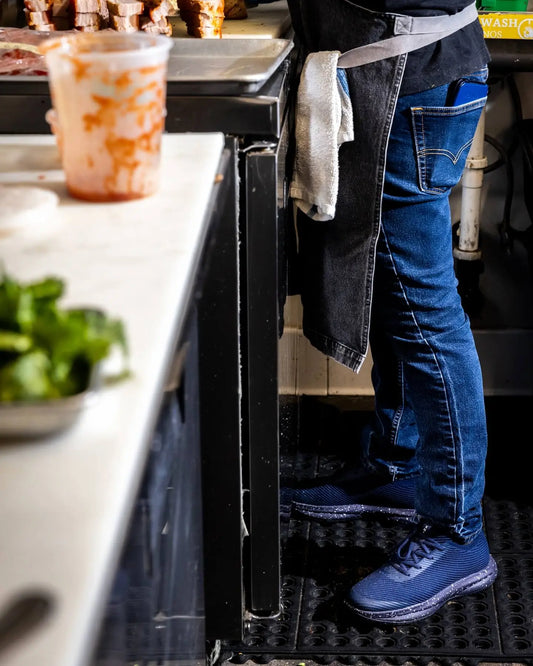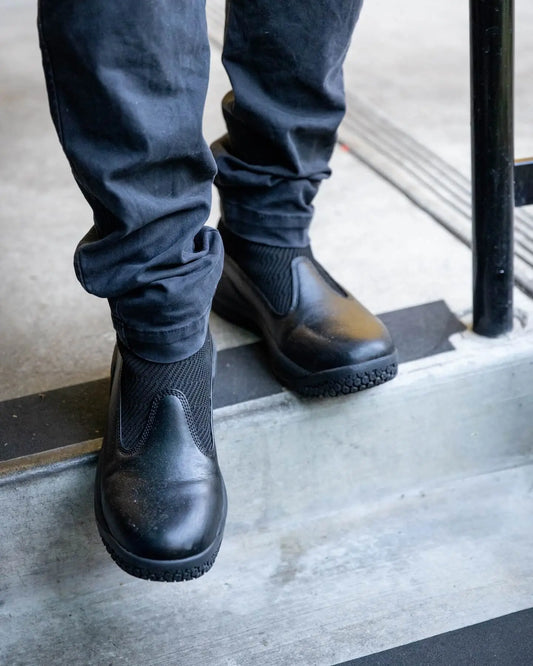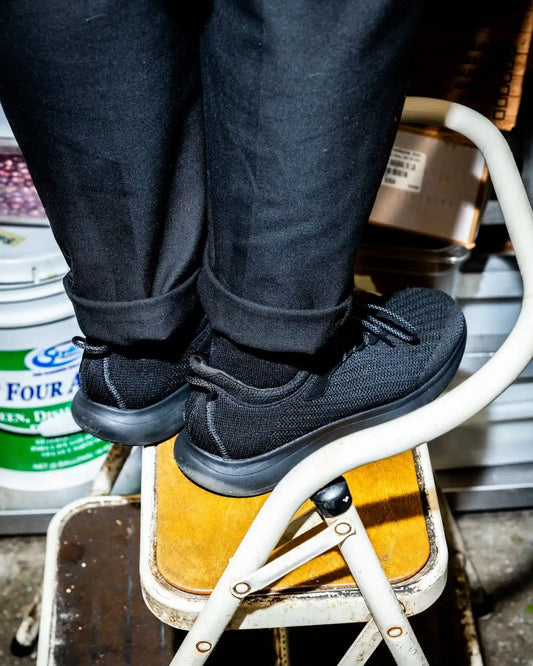A strong safety culture is the cornerstone of any successful business. It’s more than just a set of rules or policies; it’s a shared belief that safety is a top priority for everyone, from the CEO to the newest employee. From a strong culture of safety in healthcare to a food safety culture, workplaces are healthier, more productive, and ultimately more profitable when safety is ingrained in an organization’s DNA.
What is Safety Culture?
A safety culture is the shared attitudes, values, and beliefs about safety within an organization. It’s the way things are done when it comes to safety, and it’s reflected in everything from how employees are treated to the company’s investment in safety equipment and training. A strong safety culture is characterized by:
-
Leadership commitment: Safety is a priority for everyone, starting at the top.
-
Employee involvement: Employees are encouraged to identify and report hazards.
-
Open communication: Safety concerns are openly discussed and addressed.
-
Continuous improvement: The organization is always looking for ways to improve safety.
The Importance of a Strong Safety Culture
A strong safety culture has both tangible and intangible benefits, including:
-
Reduced accidents and injuries: When safety is a priority, employees are more likely to follow safe procedures and report hazards. A study by the National Safety Council found that companies with strong safety cultures have up to 50% lower injury rates (National Safety Council, 2019).
-
Improved employee morale: Employees who feel safe and valued are more likely to be engaged and productive.
-
Enhanced company reputation: A strong safety culture is good for business. Customers and investors are more likely to trust a company that prioritizes safety.
-
Lower costs: Accidents and injuries can be costly, both in terms of medical expenses and lost productivity. Workplace injuries impose a substantial financial burden on businesses. The 2022 Liberty Mutual Workplace Safety Index reported a staggering $58.05 billion in direct costs for disabling workplace injuries in the United States. This figure underscores the importance of prioritizing safety initiatives to protect employees and the company's bottom line.
The Role of Footwear in Workplace Safety
While safety culture is essential, it’s also crucial to equip employees with the right tools to stay safe. One often overlooked aspect of workplace safety is footwear. The right shoes can make a significant difference in preventing slips, trips, and falls, which are among the most common workplace injuries.
Certified non-slip shoes are designed to provide maximum traction on a variety of surfaces, helping to reduce the risk of slips and falls. However, not all non-slip shoes are created equal. The best shoes for you will depend on your specific job responsibilities. If you spend most of your day standing in one place, you’ll need a shoe with good arch support and cushioning. If you do a lot of walking, you’ll need a shoe that is both comfortable and durable.
The Snibbs Difference

Snibbs are a unique type of non-slip shoe designed to meet the needs of a variety of workers. Created in partnership with top orthopedic surgeon Dr. Snibbe, Snibbs offers superior comfort to support you throughout long days, no matter what your shift throws your way. Certified non-slip rubber partners with a strategic sole design to maximize traction and stability on even the most slippery surfaces. Whether you’re a healthcare worker, a restaurant employee, or a retail worker, Snibbs can help keep you safe on the job.
How Do Organizations Develop a Safety Culture?

A strong safety culture, combined with the right footwear, can go a long way toward creating a safer workplace. By investing in safety, companies can protect their employees, enhance their reputation, and improve their bottom line.
Here are 4 quick tips for creating a culture of safety in your workplace:
1. Leaders must prioritize safety, model safe behaviors, and allocate resources accordingly by providing safety essentials, such as non-slip footwear, to support their team.
2. Employee involvement is crucial, encouraging open communication about safety concerns and active participation in safety initiatives.
3. Continuous improvement is essential, with regular assessments and adjustments to safety practices. Recognizing and rewarding safe behaviors reinforces positive actions.
4. Comprehensive safety training for all employees is fundamental to building a culture where safety is a shared value and priority, ultimately reducing accidents and injuries.
Remember, safety is everyone’s responsibility. By working together, we can create workplaces where everyone goes home safely at the end of the day. If you’re interested in improving the safety and well-being of your employees, click here to learn more about how you can outfit them with certified non-slip footwear.

















